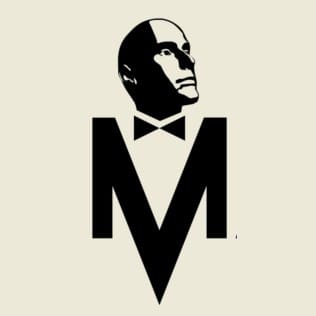
Let’s face it—if you’re grinding away at a textbook and still not seeing results, you’re probably doing it wrong. It’s time to stop wasting time studying the wrong way. No, the answer isn’t outsourcing everything to a college essay writing service (though having backup never hurts). The fix is learning how to study with precision, like a guy who values time, results, and a no-BS approach.
Mistake #1: Underlining the Whole Damn Book
Here’s the deal: underlining everything is a rookie move.
If someone asked me if I prefer a guy who highlights every page or one who barely touches his highlighter, I’d choose the minimalist every time. Why? Because he’s thinking. He’s choosing. He’s cutting through the noise.
Underlining should simplify, not overwhelm. When you highlight everything, you’re not filtering information—you’re just decorating pages. That defeats the point.
Want to get it right? Focus only on what matters. You’ll figure out what’s important by knowing the exam topics and reading the syllabus like it’s a cheat sheet for success. Seriously—everything you need to know is already right there in your class materials.
Mistake #2: Not Prioritizing
So you’ve stopped highlighting like a madman. Good. But there’s more to it.
If you’re still marking everything with the same color, you’re missing the strategy.
Use color-coding like a tactical advantage:
- Red (or whatever color grabs your attention): Absolutely critical info. This gets your time and focus.
- Blue or Green: Important, but not urgent. Read carefully, maybe take quick notes.
- Yellow or Light Colors: Background noise. Skim it and move on.
Think like a guy planning a mission: what’s essential, what’s useful, and what’s just filler?
Mistake #3: Diving Into the Book Cold
Another big mistake? Jumping into a book without scoping out the territory.
Would you walk into a gym and start lifting without knowing which muscles you’re working? Of course not. So why would you do that with a textbook?
Before you study, flip through the book. Read the index. Get a feel for the chapters. Spot the junk and skip it. You’re not in this to read every word—you’re here to pass, crush the exam, and move on with your life.
It’s like dating: if you know her interests ahead of time, the conversation goes smoother. Same with your textbook—know what it’s about before you dive in.
My Battle-Tested Study Strategy
So now that you know what you’ve been doing wrong, let’s build a smarter plan that gets results. Here’s the 4-step system I swear by.
Step 1: Understand What the Teacher Wants
This is your first move—figure out the target.
- What does the exam focus on?
- What’s in the syllabus?
- What’s important and what’s just extra fluff?
Get clear on this and write it down. Then hit step 2.
Step 2: Gather Your Weapons
Bring together your notes, handouts, slides, and the textbook. Do they match up? Is anything missing?
Find any gaps before you waste time. Plug the holes, then keep moving.
Step 3: Scout the Terrain
Now go back to the book. Open the table of contents, scan the chapters, and locate where the must-know stuff lives. Mark those pages like a field map.
Don’t read yet—just tag your key targets.
Step 4: Prioritize with Purpose
Here’s where the color-coding system comes in.
Pick your three colors—one for top-priority, one for mid-level, one for minor info. Then apply:
- Top-priority (e.g., red): Summarize it. Make bullet points. Know it cold.
- Mid-priority (e.g., green): Read thoroughly, underline key terms.
- Low-priority (e.g., yellow): Skim, scan, and move on.
Your colors = your actions. Treat each level of importance differently, depending on the subject.
Bonus Tip: Summarize Like a Pro
Don’t stop at underlining. Learn how to summarize your notes. Clean, tight writing helps you lock in what matters. Want to level up? Check out this solid guide: [7 Tips to Make Essay Writing in College a Breeze].
Stop wasting time studying the wrong way—study smart, not long. Cut the fat, focus on the essentials, and use tools (like writing help or planning apps) if it buys you more time to live your life.
Because real men don’t study harder—they study better.



